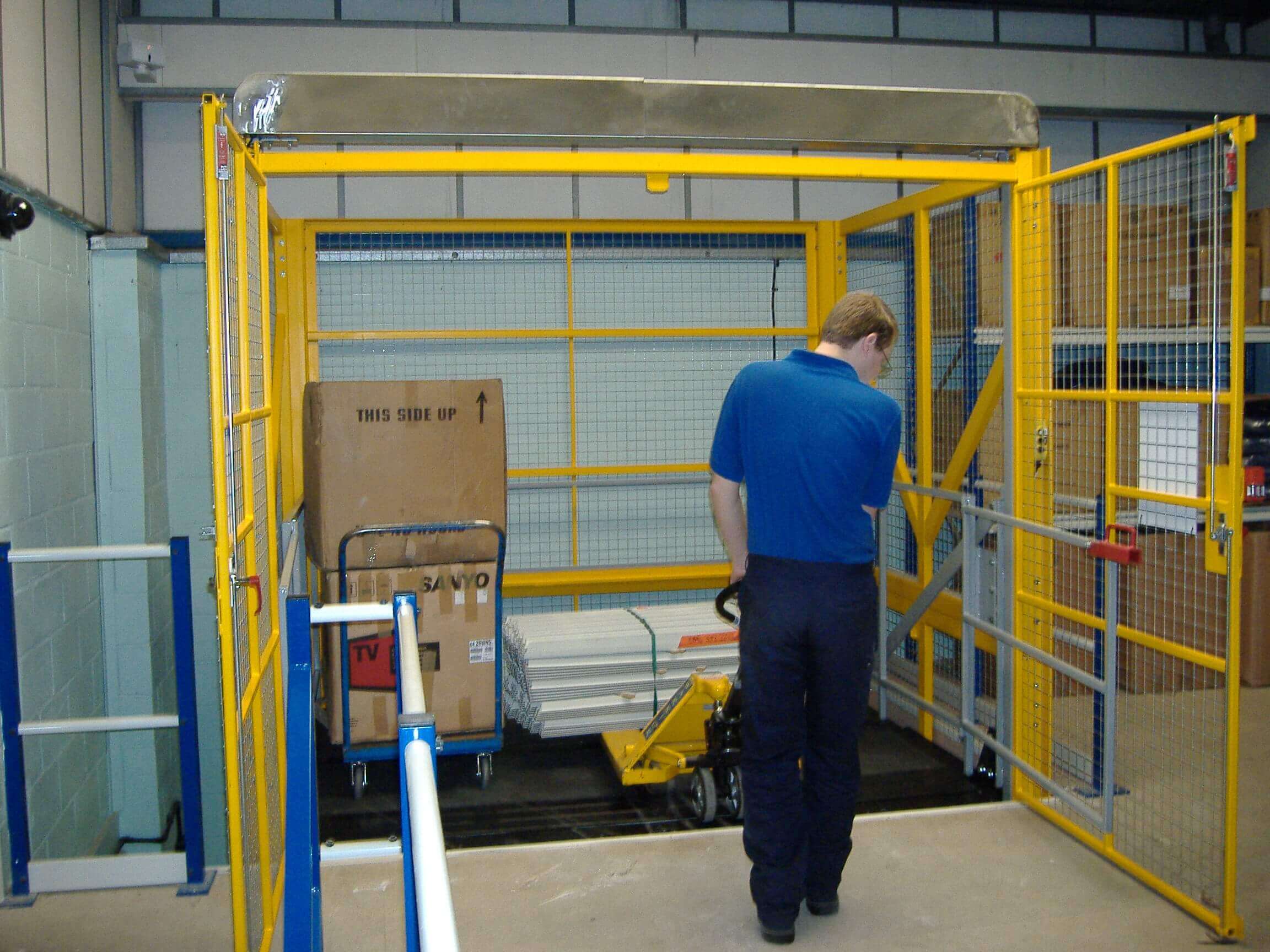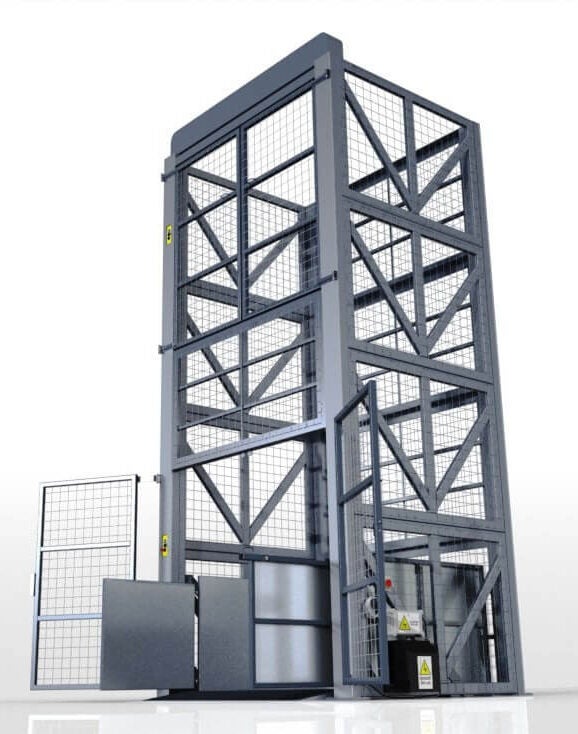
In a busy warehouse environment, the safety of handling tasks between floors is something that should be front and center of the operation. Moving goods between warehouse floors is not without risk. The efficient movement of such goods requires adherence to the health and safety executive guidelines in order to protect from the risk of harm at work. In the sections below, we take a look at best practice when it comes to conducting safe, between-floor handling and provide useful insight into how to apply this to your premises.
Step 1 – Risk assessment and planning.
With any loading or shifting tasks, there must be a thorough risk assessment and analysis of the activity. Identifying possible hazards and assessing the weight and dimensions of the loads will help you come up with a plan to reduce the risk of harm coming to anyone while moving the loads. It is also vital that you evaluate the condition of the floor and surrounding areas when assessing risk.
Step 2 – Check HSE Guidelines
Once you have assessed the levels of risk, and how you might plan to reduce them, consult the HSE guidelines for safe handling. Not only should your workforce be trained in how to correctly move loads and operate lifting equipment, but you must provide equipment wherever necessary to reduce the risk of harm.
Step 3 – Check your lifting equipment
The next step would be to check your lifting equipment to see whether it is suitable for the task at hand, and also that it is maintained to a safe standard. Lifting equipment should be examined carefully, as any corrosion or wear and tear to the equipment may make it unsafe to use. When it comes to providing the right equipment, consult a specialist supplier who will be able to give you an idea of what options you have.
Step 4 – Consider installing a mezzanine floor lift
 When moving between levels, mezzanine floor lifts could provide a safe and effective option. Not only could such lifts be automated and could carry heavier loads depending on the type of goods you are storing and the lift you have installed, but it could actually make your warehouse more efficient too. Having a lift inside of the warehouse can help to reduce the risk of accidents when handling goods between levels.
When moving between levels, mezzanine floor lifts could provide a safe and effective option. Not only could such lifts be automated and could carry heavier loads depending on the type of goods you are storing and the lift you have installed, but it could actually make your warehouse more efficient too. Having a lift inside of the warehouse can help to reduce the risk of accidents when handling goods between levels.
Step 4 – Be aware of load and weight limitations
It is essential to be aware of the limitations of the floor and the lifting equipment when moving goods between floors. There are specific weight limits that HSE guidelines recommend for mezzanine floors and exceeding these limits may pose a risk to the integrity of the floor. You should also be aware of the limitations of your lifting equipment in order that it is not damaged by those trying to move heavier loads than it is able to cope with.
Step 5 – Be prepared if something goes wrong
Emergency response planning is essential, so that if something were to go wrong when lifting, personnel know instantly what to do. It is vital to ensure that people know when to leave an area, where to go, and who to contact in an emergency. It is also good practice to have a nominated first aider on call at all times.
Step 6 – Maintenance Protocols
Finally, it’s essential to have a plan for regular maintenance and repair. If there is wear and tear to any of the equipment you are using that would make it unsafe to use, this may stop your operation in its tracks. Having regular scheduled maintenance may counteract these problems before they occur.
972 Views












